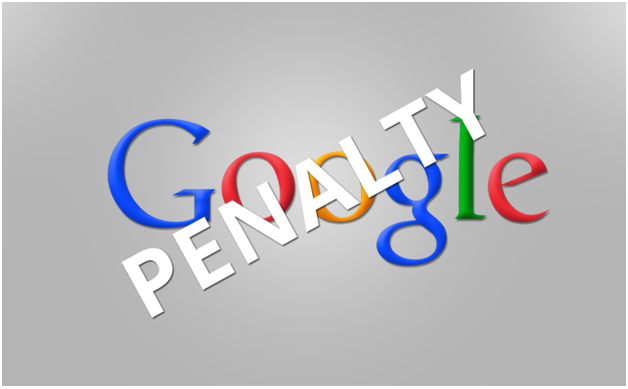No one wants to be hit with one of Google’s algorithmic penalties. It’s the fastest way to watch your hard-earned work at optimizing your website disappear as your it drops in page ranks. Many times, this penalty will be the result of a sudden update in Google’s algorithm, or something you’re doing incorrectly that you didn’t know about.
Whatever the reason, if you’re suddenly lurching in rankings for no explainable reason, you should take a closer look at the structure of your optimization strategy to diagnose any reason for a penalty. Here are a few steps to help you do just that.
Determine the Type
First of all, you need to determine what kind of penalty you’re facing. Your options are manual or algorithmic.
A manual penalty is a little easier to identify because Google will send you a message informing you of your misdeed. That’s why it’s important to frequently check your Google Webmaster Tools account. The less time lost on this error, the better.
The manual error may apply to a single page within your website, or multiple. The only way to correct the problem is to fix the errors and then send in a reconsideration request which Google has the rights to approve or disprove based on the changes you’ve made to your website.
An algorithmic penalty is a little more difficult to identify. Google often updates its algorithm, and if you aren’t keeping up to date with the changes, your website could fall into a penalty without you even realizing it.
You won’t receive any message from Google about this error, but you will notice a significant decrease in organic search traffic and your overall rankings. An algorithmic penalty will fall under two categories: Panda (problems with your content) and Penguin (problems with keywords and link building).
Common triggers of Panda include:
- Navigation and usability issues
- Irrelevant and low quality content
- Duplicate content
- A lack of credentials
Common triggers of Penguin include:
- Spun content
- Keyword stuffing
- Linking schemes
- Excessive anchor-text links
Take Steps to Overcome the Penalty
Once you’ve determined the problem, it’s time to fix it. For manual problems, simply fix the problem noted in Google’s message to you and then send in a reconsideration request.
To overcome algorithmic penalties, there will be a few more steps involved. First, narrow it down to determine the exact penalty, whether Panda or Penguin. Once you’ve figured out the problem, take steps to fix it. You may find that you need to use a 301 redirect to temporarily put your website ranking on hold while you dive in and fix the real problem.
You should also run a detailed analysis on your website to assess the loading speed, navigation, usability, relevant content, duplicated content, and any other problems that could be raising red flags for Google’s algorithm. There are hundreds of tools at your disposal to help you run this analysis.
Begin Again
Once you’ve worked to overcome your penalty, it’s important to begin with a fresh strategy so that you aren’t hit with any penalties in the future. Brush up on Google’s latest updates to their algorithm and employ a savvy content strategy. Playing it safe from the very beginning is the best way to ensure your website will have its best shot at dominating the rankings.
















